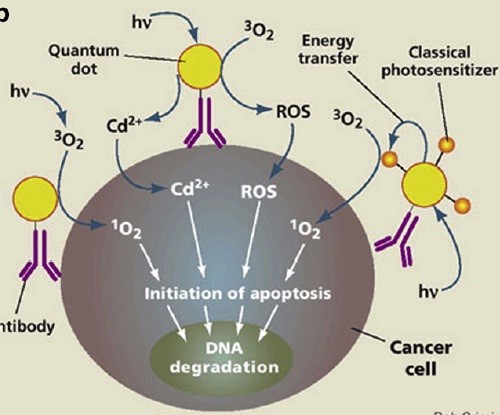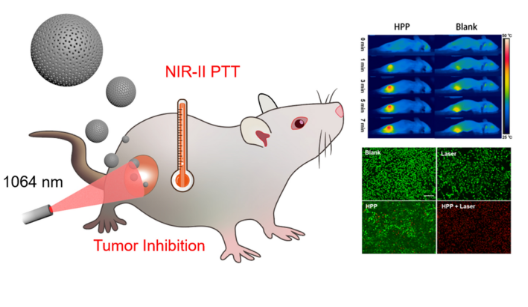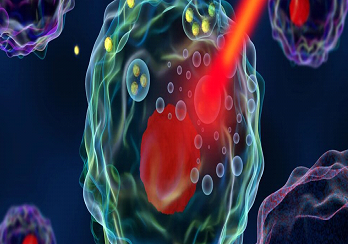Approval Date: 1/6/2021
The main activities of the research and technology unit include:
• Use of Nano technology in diagnosis and treatment based on light methods (dynamic-light therapy and light-heat therapy)
• Hydrogen production, detection and storage of hydrogen with the simultaneous use of light, biological materials and nanotechnology.
• Optical sensors
The most important new interdisciplinary scientific fields, which according to many experts, the scientific and economic development of the 21st century will be formed based on them, are photonics and optical technologies, optical nanotechnology, and biotechnology.
Photonics is divided into two parts: photon (optics) and electronics. The laser and biophysics part, bio-optics, optogenetic and optical equipment manufacturing parts are included in the photonics category. Photonics, which is a link between optics and electronics, is a relatively young science that has been seriously focused on since the first decades of the 21st century. Our country has not only made significant progress in this field, but it has realized the importance of this science and is pursuing it almost equally with other countries. Due to its interdisciplinary nature, photonics is related to many fields of application, including the following:
• Biotechnology (diagnosis and treatment of diseases with optical methods, surgery, medicine, biological tools, etc.)
• Nanotechnology (optical Nano-absorbers, optical Nano-sensors, nanophotonic crystals)
• Information transmission and processing (optical communication, monitoring, and surveillance, display, optical sensors, video systems, etc.)
• Green Energy (hydrogen energy, optical storage, solar cell, etc.)
• Military industry (precision instruments, invisibility, radars, laser systems)
In recent years, Nano-photonics has benefited from the development of materials in semiconductors and the concepts of development in atomic physics and self-organization in chemical sciences, and this issue has led to the fact that a wide range of concepts and applications has been placed under the umbrella of Nano-photonics and found its way to molecular photonics, which shows us a wonderful prospect.
Dynamic light therapy:
Dynamic light therapy as a non-invasive, effective and innovative treatment method has opened its place in the treatment of some cancerous and non-cancerous diseases for about two decades.


Light heat therapy:
In this method, the heat produced by photon energy is used to destroy cancer cells, and due to direct intense light radiation to the target tumor, it can be very precise, minimally invasive, and effective.


Production, detection, and storage of hydrogen:
Today, hydrogen can be obtained from processes such as water electrolysis, natural gas reforming, and partial oxidation of fossil fuels. Currently, 98% of all hydrogen produced in the world is obtained from fossil fuels.
In the field of hydrogen energy, the main goal of the Nano-biphotonics core is the production and storage of hydrogen in ways in which the interaction of light and matter plays an essential role, and among all the existing methods, it is focused on the methods specified below, which have almost the same mechanism.

© Persian Gulf University